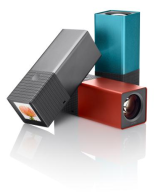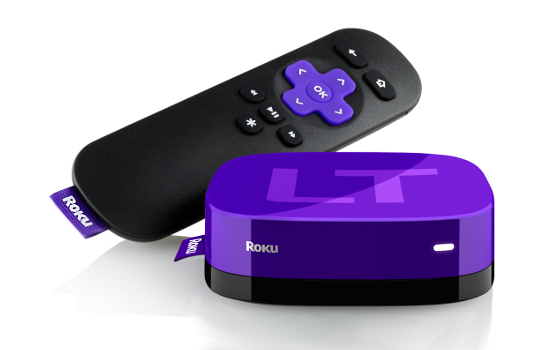A Camera That Allows You to Snap Now, Focus Later
 This is kinda weird. Imagine a camera where you snap a picture, then later, at home, say, you can focus and manipulate the image? That’s what they are claiming for the Lytro camera.
This is kinda weird. Imagine a camera where you snap a picture, then later, at home, say, you can focus and manipulate the image? That’s what they are claiming for the Lytro camera.
Lytro Cameras On Sale Now: What You Need To Know
“Camera maker Lytro is now taking pre-orders for its much-hyped light-field cameras that promise to let you snap a picture and refocus it later on your computer or the camera’s touchscreen.
Unlike traditional cameras, Lytro devices are able to capture 11 million light rays (11 megarays) and record aspects of light such as color, intensity and direction, some of which traditional cameras miss.
The ability to capture all that information, along with help from Lytro’s image processing software, is what allows you to refocus the image, change the image’s perspective and even view the photo as a 3D image on your 3D HDTV.
Although pre-orders are underway now, the Lytro cameras won’t be arriving in time for the holidays, shipping in early 2012 instead. And Windows users might be disappointed at launch as Lytro software is currently compatible with Mac computers running OS X 10.6, Snow Leopard or higher. Pricing starts at $400.”
 Yep, and promoting a new search engine, no less! “Can’t touch this!” Well, apparently he wants you to touch “Wiredoo,” a search engine that is supposed to offer more “relationship information” to search results. Sounds vaguely risque, huh?
Yep, and promoting a new search engine, no less! “Can’t touch this!” Well, apparently he wants you to touch “Wiredoo,” a search engine that is supposed to offer more “relationship information” to search results. Sounds vaguely risque, huh?


 So, you signed up to the Amazon S3 cloud drive service, now, what? Well, you want an easy, cross-platform way to use your new service! That’s where DragonDisk comes in!
So, you signed up to the Amazon S3 cloud drive service, now, what? Well, you want an easy, cross-platform way to use your new service! That’s where DragonDisk comes in!